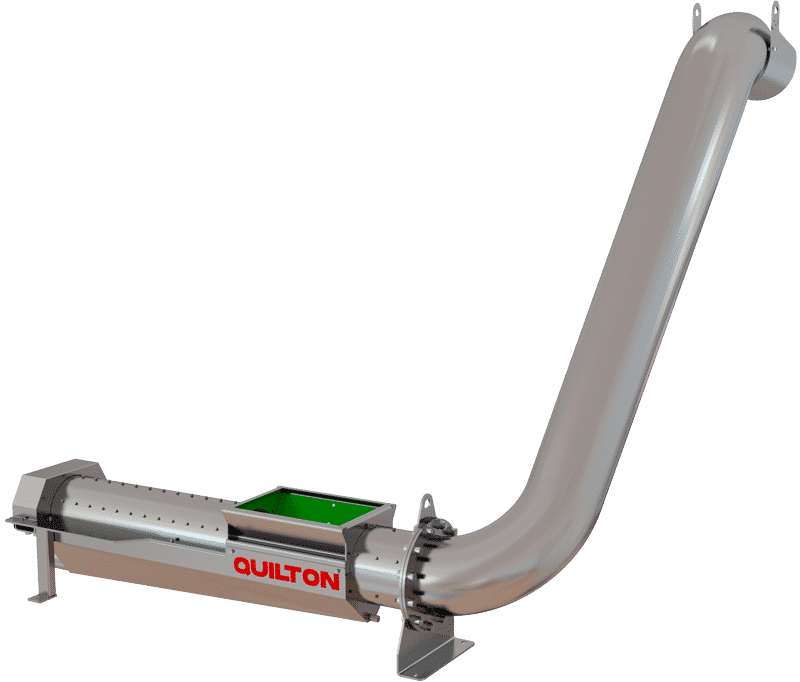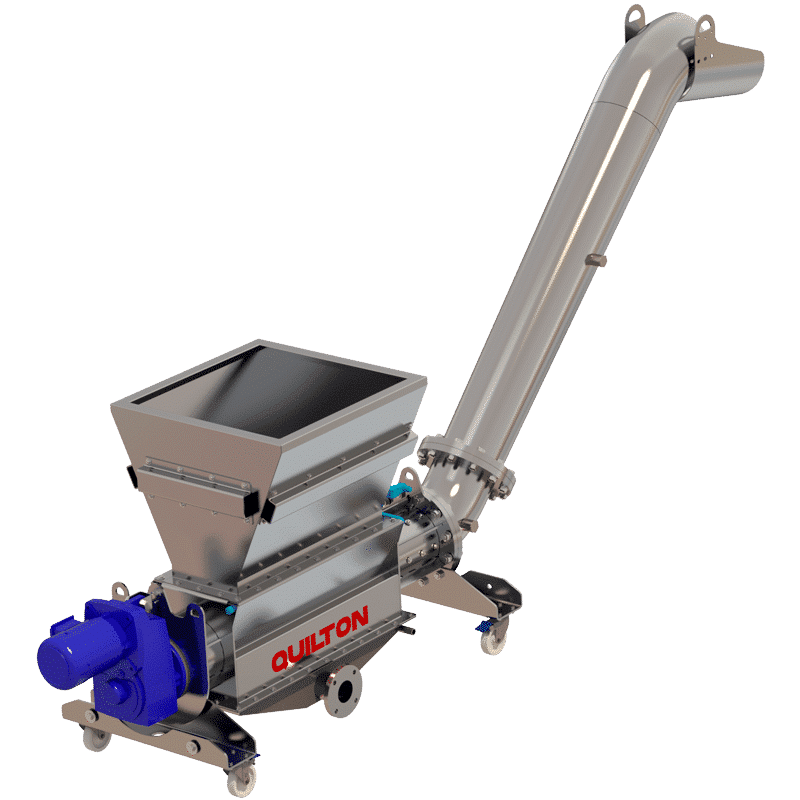This website uses cookies so that we can provide you with the best user experience possible. Cookie information is stored in your browser and performs functions such as recognising you when you return to our website and helping our team to understand which sections of the website you find most interesting and useful.
Screening compactors
The pre-treatment stage generally involves removing the most visible and troublesome part of the pollution from an operating perspective: large and medium-sized solids, grit, fats, oils and greases etc., in the form of a moderate amount of waste that may subsequently be readily handled and stored.
Roughing is one of the steps in the mechanical treatment of wastewaters, and it is a key process in their pre-treatment that leads to the accumulation of numerous wastes that need to be treated prior to their removal.
Our screening compactors are the highest quality solution for the transport and compacting of the refuse from wastewaters, providing a high degree of dehydration and decanting.
QUILTON SCREENING COMPACTORS
Other product families
ABOUT SCREENING COMPACTORS
A screening compactor is an extremely useful piece of equipment in a treatment plant.
The solids retained and discharged by roughing and screening processes are troublesome and complicated to manage. The large volume of refuse and the water they contain hinder their discharge and incur a major management cost.
QUILTON screening compactors cater for the transport, compacting and dehydration of wastes and other damp or wet materials collected in the screening of urban and industrial wastewaters. The wastes are deposited in an inlet hopper, where they are transported, compacted, and dehydrated by a piston or screw.
QUILTON is a guarantee of value in the design and manufacture of water treatment equipment, and we are confident that screening compactors are the future because of their utility and help in reducing operating costs and their contribution to the circular economy.
SCREENING COMPACTORS PROVIDE CONSIDERABLE VALUE ADDED FOR SEVERAL REASONS:
- Space: screening compactors allow reducing large volumes, ensuring a cleaner workplace, and providing operators with more space to work more efficiently.
- Time: screening compactors, such as screenings wash press and hydraulic compactors, save on time and management requirements in waste treatment, minimising the movement of skips and the arrangement of transport.
- Economy: the installation of a screening compactor onsite or in the treatment plant has such a financial impact that the investment in the machinery pays for itself.
DEHYDRATION BY COMPACTING
Wastes received with 90% humidity usually have a water content of between 50% and 70% after compacting. The difference in these results depends largely on the type of raw waters, the wastes being transported, and the type of bar screen or screen and the way it operates. Waste capacity can be increased, or the drying process improved by making small alterations; for example, by adjusting the number of cycles per minute or raising the pressure.




